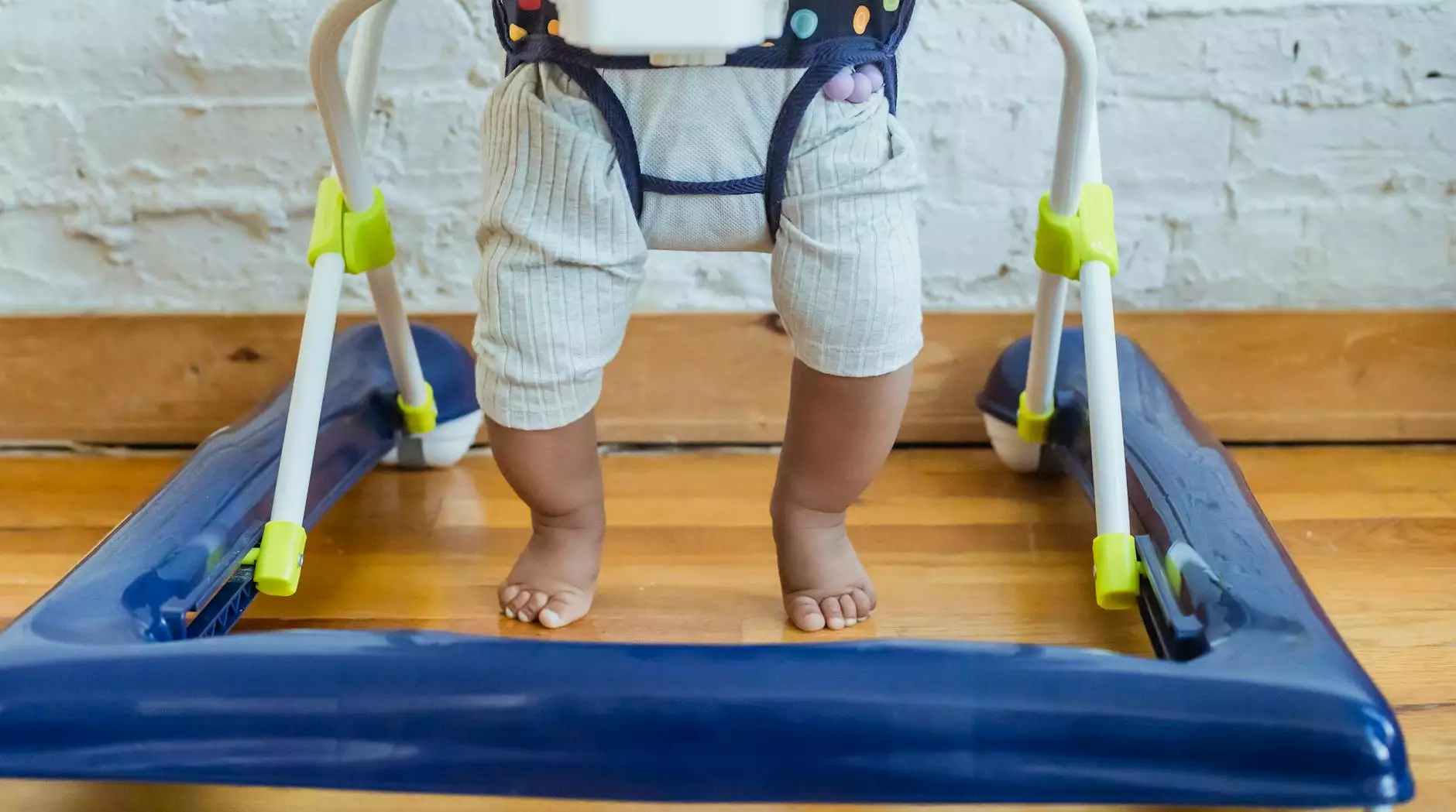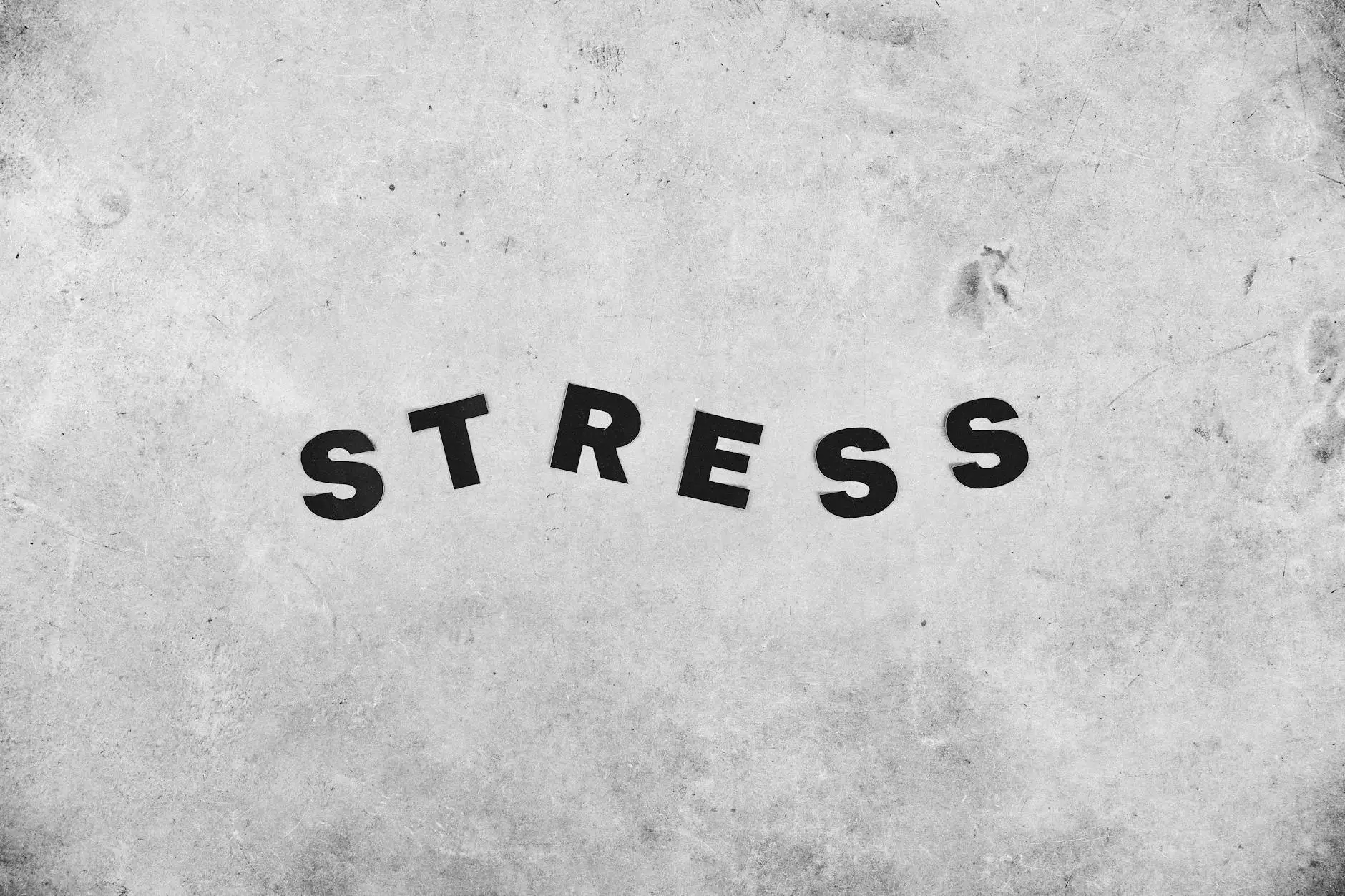How to Measure Hips and Waist Ratio
Blog
Welcome to the informative guide on how to accurately measure your hips and waist ratio. At Regency Square Care Center, we understand the importance of maintaining good health, especially as we age. Measuring your waist and hips can provide valuable insights into your overall well-being. In this comprehensive article, we will delve into the details of how to measure your hips and waist ratio correctly.
Why Measure Hips and Waist Ratio?
It's no secret that maintaining a healthy weight and body composition is crucial for long-term health. However, relying solely on a scale or BMI (Body Mass Index) might not give you the complete picture of your health. Measuring your hips and waist ratio provides a more accurate assessment by considering your body's distribution of fat.
Research has shown that excess weight carried around the waist, known as abdominal or visceral fat, is associated with an increased risk of various health conditions, including cardiovascular diseases, type 2 diabetes, and certain cancers. Measuring your waist and hips ratio helps you determine if you have a healthy body shape and reduces the risks associated with excessive visceral fat.
How to Measure Your Waist
Measuring your waist is a simple process that requires a measuring tape and some basic guidelines. To measure your waist correctly:
- Stand up straight with your feet shoulder-width apart.
- Locate your natural waist, which is typically the narrowest part of your abdomen, above your belly button and below your ribcage.
- Wrap the measuring tape snugly around your waist without compressing the skin.
- Ensure the tape is parallel to the floor and positioned horizontally around your waist.
- Take a relaxed breath and exhale before recording the measurement.
The recorded waist measurement should be in inches. It is essential to measure your waist consistently at the same point each time to ensure accurate tracking of any changes.
How to Measure Your Hips
Measuring your hips is equally simple, and it is crucial to follow these steps to obtain an accurate measurement:
- Stand straight and relaxed with your feet together.
- Locate the widest part of your hips, which is typically below the hip bone and around the gluteal muscles.
- Wrap the measuring tape around the fullest part of your hips, ensuring it is level and parallel to the floor.
- Make sure the tape is not too tight or too loose.
- Take a relaxed breath and record the hip measurement in inches.
Keeping track of your hip measurements can help you understand how your body shape changes over time and if there is any need for adjustments to maintain a healthy ratio.
Calculating Your Hips and Waist Ratio
Once you have measured your waist and hips, it's time to calculate your hips and waist ratio. This ratio indicates the distribution of fat in your body and provides insights into your overall health. The formula to calculate your waist-to-hip ratio is as follows:
Waist-to-Hip Ratio = Waist Measurement / Hip Measurement
For example, if your waist is 30 inches and your hips are 40 inches, your waist-to-hip ratio would be 0.75.
According to studies, the waist-to-hip ratio provides a more accurate measure of health risks associated with excess fat around the waist than waist circumference alone. A higher waist-to-hip ratio indicates a greater risk for certain health conditions.
Interpreting Your Hips and Waist Ratio
Now that you have calculated your hips and waist ratio, let's see how to interpret the results:
- A waist-to-hip ratio of less than 0.80 for women and less than 0.95 for men is generally considered healthy.
- A higher ratio may indicate a higher risk for health conditions, such as cardiovascular diseases and diabetes.
- Remember, these numbers are just general guidelines, and it's essential to consult with a healthcare professional to assess your individual health risks.
Understanding your hips and waist ratio is only the first step. If you find that your ratio is higher than the healthy range, it doesn't mean you should panic. By incorporating healthy eating habits, regular physical activity, and seeking guidance from healthcare professionals, you can take proactive steps to improve your ratio and overall health.
Conclusion
Measuring your hips and waist ratio is an essential tool for assessing your health and well-being, particularly as you age. At Regency Square Care Center, we encourage you to stay proactive about your health by monitoring your body composition and making positive lifestyle changes when necessary.
Remember, a healthy hips and waist ratio is just one aspect of overall well-being. Maintain a balanced lifestyle, prioritize good nutrition, exercise regularly, and seek regular medical check-ups to stay on top of your health.
For more information on health, geriatric, and aging care, visit Regency Square Care Center's comprehensive website, where you can find a wealth of valuable resources that can guide you on your journey to a healthier life.










